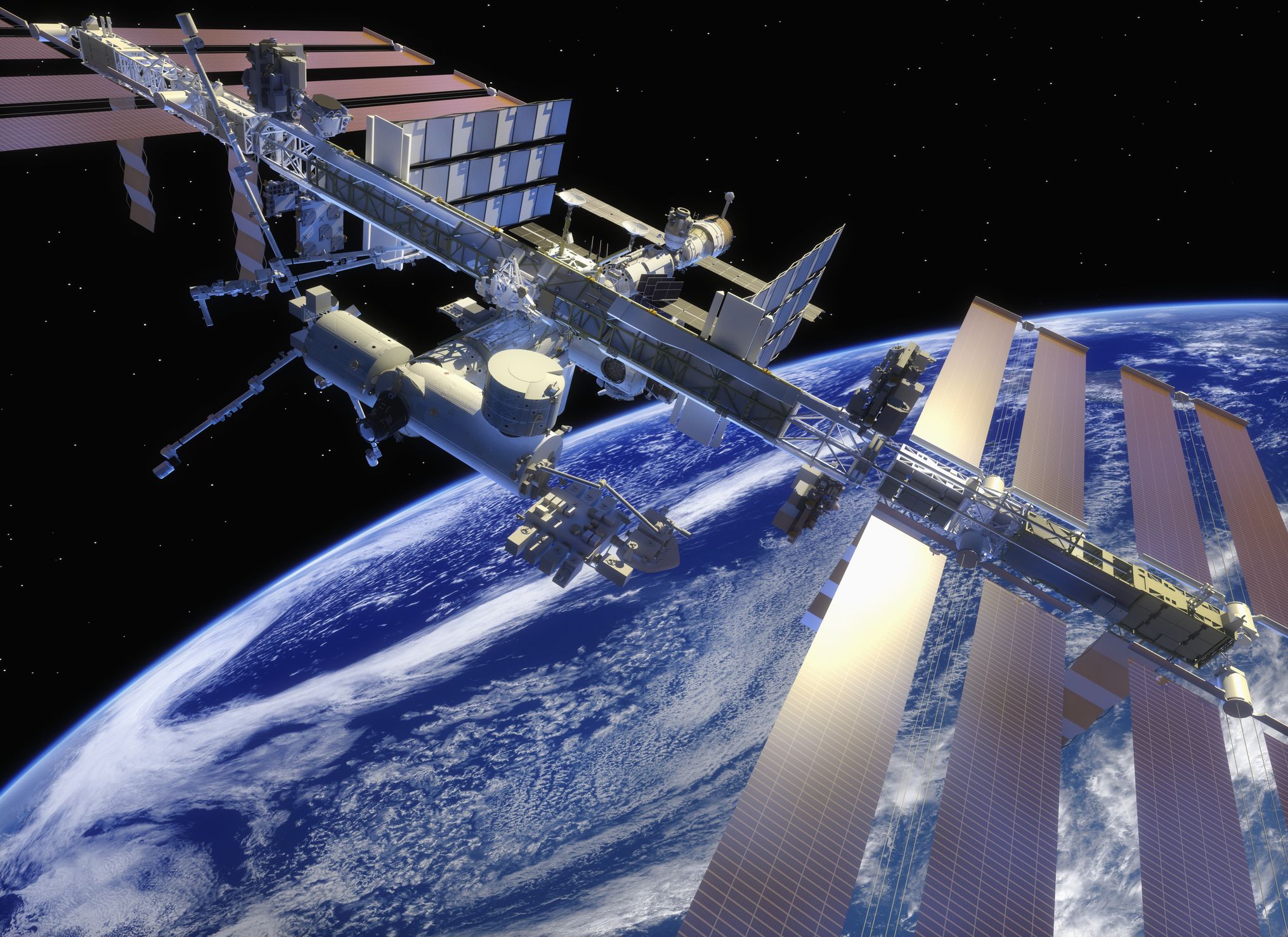Versatile permanently inhabited research institute in Low Earth Orbit. The International Space Station is a versatile research institute and a large observation platform in outer space for scientific research and applications. It also serves as a test centre to introduce new technologies. There are several types of Earth orbit, and each offers certain advantages and capabilities. Low Earth Orbit (LEO) LEO is commonly used for communication and remote sensing satellite systems, as well as the International Space Station (ISS) and Hubble Space Telescope. Medium Earth Orbit.
Iss Orbit Altitude
Watch sky go on smart tv. It takes the International Space Station (ISS) about 90 minutes to orbit the earth, meaning that it makes the journey around the planet about 16 times each day. As of July 2012, the ISS had traveled more than 1.75 billion miles (2.8 billion km). The voyage from Earth to the ISS takes about two days, partly because of the time that it takes to inspect a space shuttle prior to letting it dock onto the ISS.
More about the International Space Station:
Iss Orbit Raan
- The International Space Station's orbiting speed is 17,239 miles per hour (27,743 km/h).
- Several websites allow viewers to track the International Space Station's orbit.
- Crews have occupied the ISS continuously since 2 November 2000.
What the astronauts see right now
This is the view from the ISS directly down to earth. The crosshair indicates the current ground point. The map is updated every second.
Please note that the map is not real-time video. However, the position itself is real-time. Animal farmmr. beckers classroom.


Orbital speed
Time

Ground track
This map shows the ground track of the International Space Station's next orbit. The crosshair marks its current position.
The blue sections of the ISS' track indicate when the space station is in the earth's shadow. The red sections mark when the ISS is sunlit.
Would you like this ISS ground track map on your website? Obtain here the HTML code for the AstroViewer ISS Position Widget.


Comments are closed.